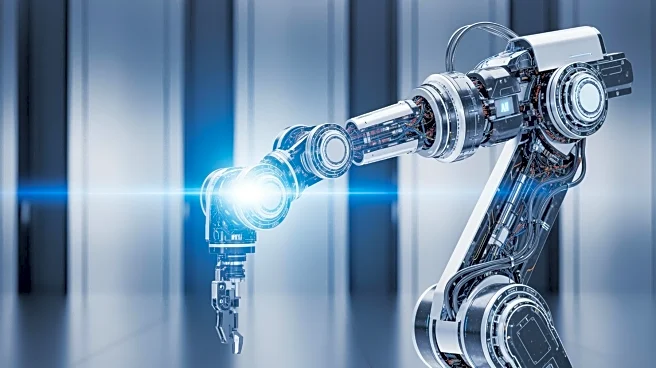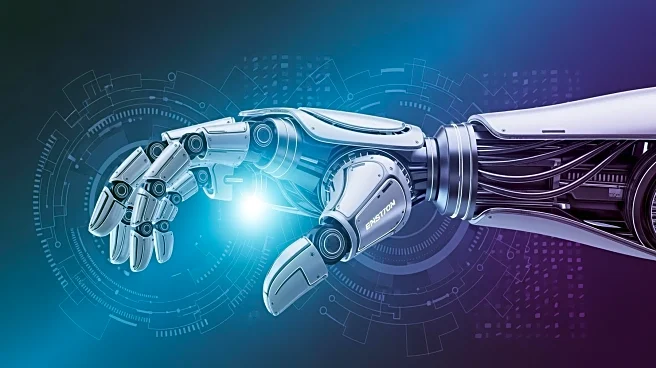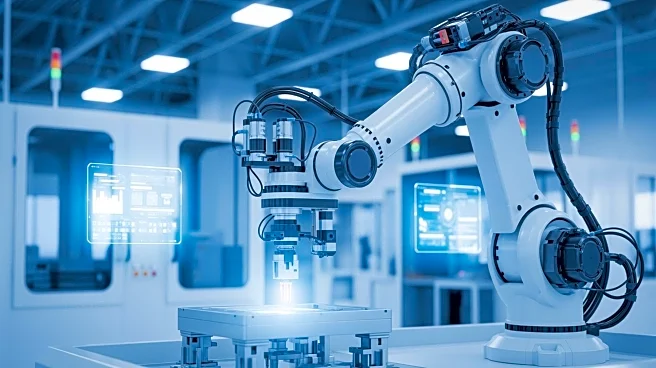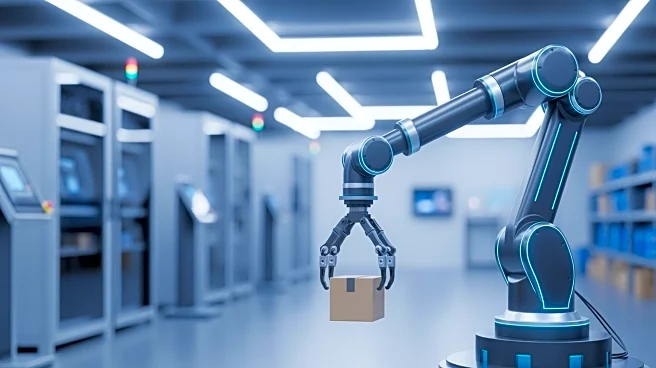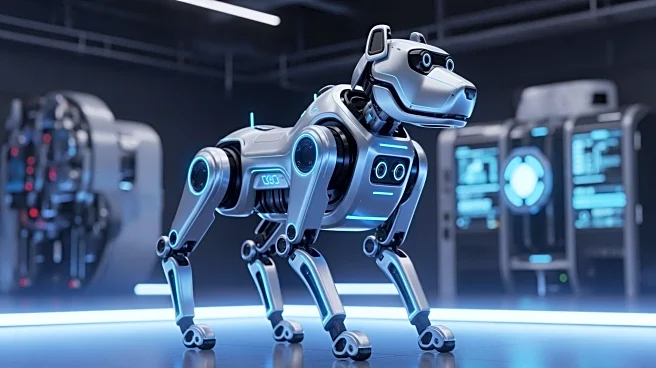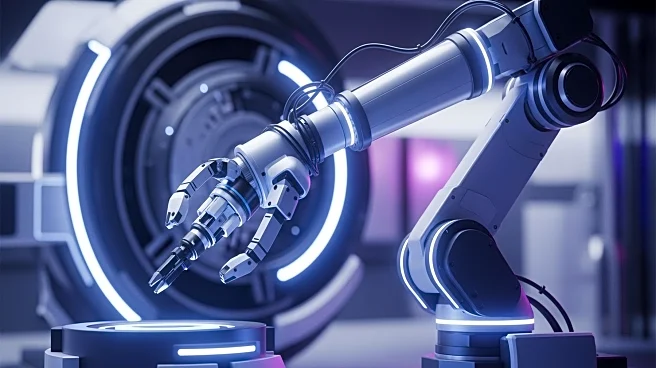What's Happening?
The construction and hire sectors are undergoing a significant transformation with the integration of robotics and automation into earth-moving equipment. Companies like Built Robotics and Komatsu are leading
this shift by offering technologies that enhance the capabilities of traditional excavators. Built Robotics provides retrofit kits that convert standard hydraulic diggers into autonomous platforms, allowing for automated trenching and obstacle detection. Komatsu, on the other hand, integrates intelligent machine control directly into their excavators, enabling semi-autonomous operation with features like GNSS guidance and automated digging assistance. This evolution is reshaping the rental model, offering contractors smarter, more efficient machines that reduce the need for human operators and improve on-site safety.
Why It's Important?
The integration of robotics and automation into construction equipment is poised to revolutionize the industry by increasing productivity and reducing labor costs. For contractors, the ability to hire machines that offer autonomous operation means less reliance on skilled operators, which can be a significant advantage in a tight labor market. This shift also enhances safety by minimizing human error and fatigue, leading to more consistent and predictable outcomes. Hire companies stand to benefit by offering premium services with autonomous-ready equipment, catering to projects of varying sizes and complexities. The broader impact includes a potential reduction in project timelines and costs, making construction more accessible and efficient.
What's Next?
As the adoption of autonomous technology in construction equipment grows, hire companies are likely to expand their fleets with more intelligent machines. This could lead to a new rental model where contractors pay for performance rather than time, aligning costs with the value delivered. Companies like Built Robotics and Komatsu may continue to innovate, offering even more advanced features and capabilities. The industry might also see increased collaboration between manufacturers and hire companies to develop integrated solutions that further streamline operations. Stakeholders, including construction firms and technology providers, will need to adapt to these changes, potentially reshaping workforce requirements and training programs.
Beyond the Headlines
The shift towards autonomous earth-moving equipment raises ethical and legal considerations, particularly around job displacement and safety standards. As machines take on more tasks traditionally performed by humans, there may be concerns about the impact on employment in the construction sector. Additionally, the integration of robotics into heavy machinery necessitates rigorous safety protocols to prevent accidents and ensure reliable operation. Long-term, this technological evolution could lead to a redefinition of roles within the industry, with a greater emphasis on technical skills and remote supervision.





